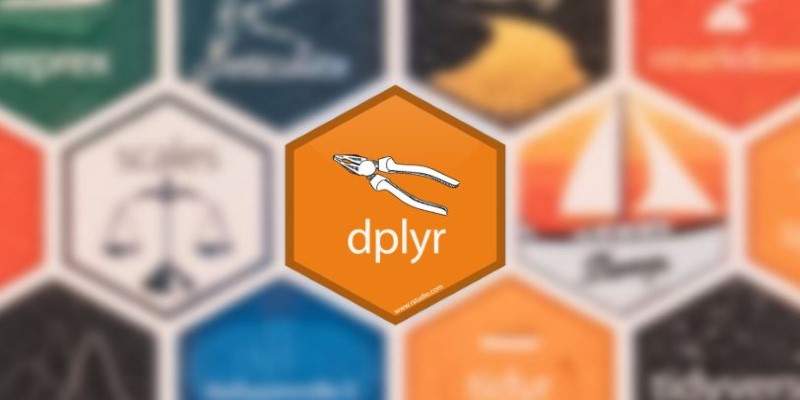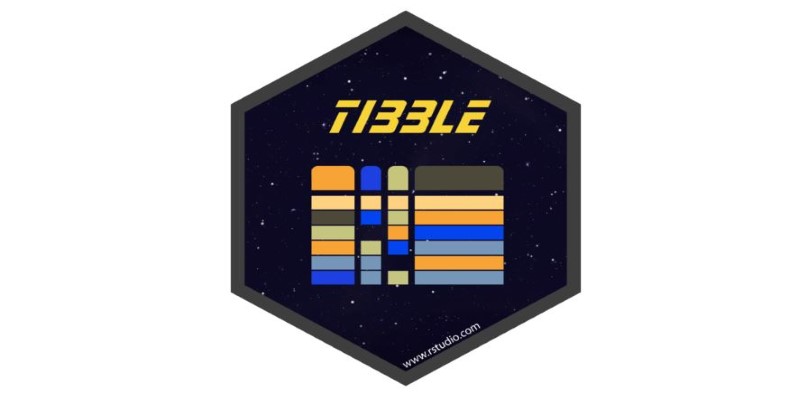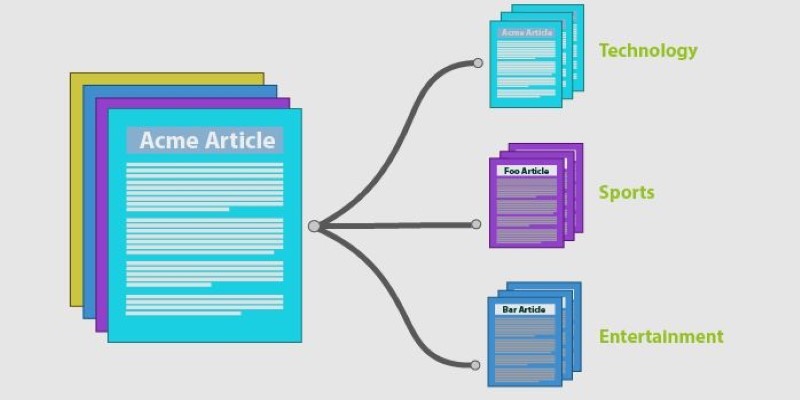Data science has surged in popularity, and R has become a preferred language for analysts, statisticians, and researchers. While base R is undeniably powerful, it can sometimes be tedious when dealing with large datasets or performing repetitive tasks. This is where Tidyverse shines—a collection of R packages designed to make data manipulation, visualization, and analysis more seamless and intuitive.
Tidyverse offers a unified and consistent way of working with data, making it the preferred option for most professionals. Whether you wish to scrub dirty datasets, create intelligent visualizations, or automate data transformations, Tidyverse makes these processes easy so you can concentrate more on insights and less on syntax.
What Is Tidyverse?
Tidyverse is not a package but a collection of R packages that share a similar philosophy in data structuring and analysis. Fundamentally, Tidyverse is based on the "tidy data" principle, where an observation is represented per row and a variable per column. The organized nature of data makes it easier to handle and reduces the complexity typically encountered in raw data.
The environment comes with the necessary packages, such as dplyr, ggplot2, tidyr, readr, purrr, and tibble, all of which aim to process a given aspect of the data science process. Dplyr makes operations such as filtering, sorting, and data transformation easier to understand and more efficient. ggplot2 is another commonly used visualization package that allows one to make amazing, insightful graphics with less effort. These packages work together seamlessly, offering a seamless workflow from data import to ultimate analysis.
One of the most important aspects of Tidyverse is its application of the pipe operator (%>%), enabling users to chain together several operations in a concise, readable order. This minimizes the use of too many intermediate variables and nested functions, leading to cleaner and more maintainable code. By integrating Tidyverse into their workflow, data scientists can significantly improve productivity and code readability.
Key Packages in Tidyverse
Tidyverse includes several packages, each tailored to a specific aspect of data science. Understanding how these packages work together provides a solid foundation for anyone looking to streamline their workflow in R.
dplyr: Data Manipulation Made Simple

dplyr is one of the most widely used packages in Tidyverse for data manipulation. It provides functions such as filter(), select(), mutate(), arrange(), and summarize() that allow users to efficiently modify and analyze datasets. Instead of writing complex base R code, dplyr makes it easier to perform operations with clear and readable syntax.
ggplot2: Powerful Data Visualization
ggplot2 is the go-to package for data visualization in R. Based on the Grammar of Graphics, it allows users to create highly customizable and aesthetically pleasing plots. Whether it's scatterplots, bar charts, or line graphs, ggplot2 provides a structured approach to visualization that makes it easy to represent data in meaningful ways.
tidyr: Reshaping and Cleaning Data
tidyr helps tidy up messy datasets by restructuring them into a cleaner format. Functions, like gather() and spread(), allow users to transform datasets from wide to long format and vice versa, making them more suitable for analysis.
readr: Efficient Data Importing
The reader is designed to read tabular data into R quickly and efficiently. It provides functions such as read_csv() and read_tsv(), which are much faster and more user-friendly compared to base R's data importing functions.
purrr: Functional Programming in R
purrr enhances the functionality of R by simplifying functional programming tasks. It provides tools for iteration, allowing users to apply functions to multiple elements of a dataset without needing complex loops.
tibble: Enhanced Data Frames
tibble is an enhanced version of R’s traditional data frame, designed to provide a cleaner and more informative output. Unlike base R data frames, tibbles automatically print only a limited number of rows and columns, making them easier to work with, especially for large datasets.

These packages collectively form the backbone of Tidyverse, offering a structured and efficient way to manage and analyze data in R.
Why Use Tidyverse for Data Science?
The main advantage of Tidyverse is its ability to simplify data manipulation and visualization while maintaining consistency across different packages. Traditional R functions can sometimes be inconsistent in their syntax, requiring users to remember different ways of performing similar operations. Tidyverse solves this issue by providing a unified approach to data science, making it easier for both beginners and experienced users to work with data effectively.
One of the biggest benefits of Tidyverse is its readability. Code written using Tidyverse is often more concise and intuitive compared to base R, reducing the cognitive load for analysts and data scientists. This makes it easier to share code and collaborate with others, as Tidyverse syntax is designed to be self-explanatory.
Another key advantage is its efficiency. Many functions in Tidyverse are optimized for performance, allowing users to handle large datasets with ease. dplyr, for example, is designed to work seamlessly with databases and large data frames, enabling fast and efficient data manipulation.
Additionally, Tidyverse is actively maintained and widely used in the data science community. Its packages receive regular updates, ensuring compatibility with the latest developments in R. This makes Tidyverse a reliable choice for long-term data science projects.
Learning Tidyverse is a valuable investment for anyone looking to enhance their data analysis skills in R. It provides a powerful and flexible set of tools that can be used across various domains, from finance and healthcare to social sciences and business analytics.
Conclusion
Tidyverse has transformed data science in R, offering a structured and efficient way to handle data. Packages like dplyr for manipulation and ggplot2 for visualization simplify complex tasks and improve workflow. Its consistent syntax and readability make it ideal for both beginners and experienced users. Whether cleaning data, creating plots, or summarizing insights, Tidyverse streamlines the process. For anyone working with data in R, mastering Tidyverse provides a powerful and intuitive toolkit for analysis and visualization.











